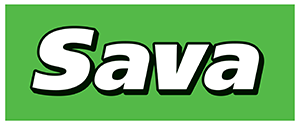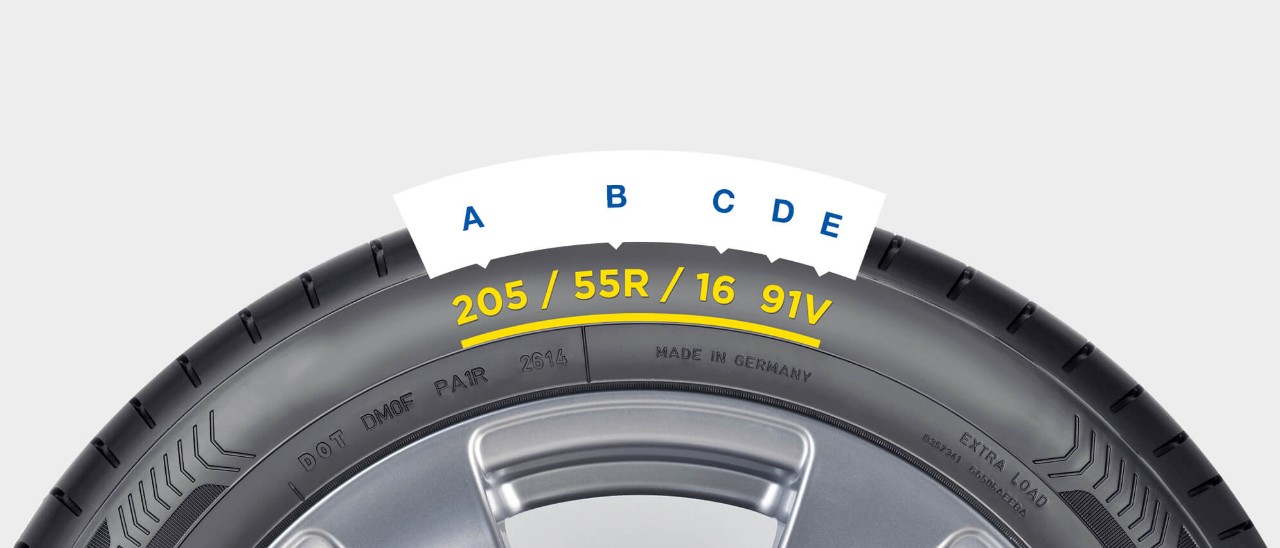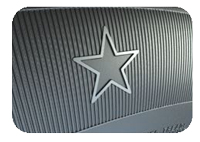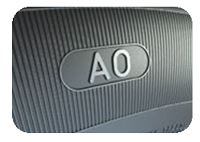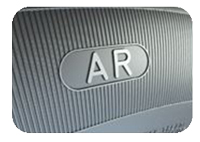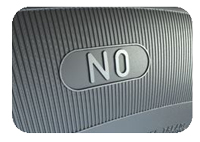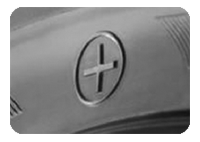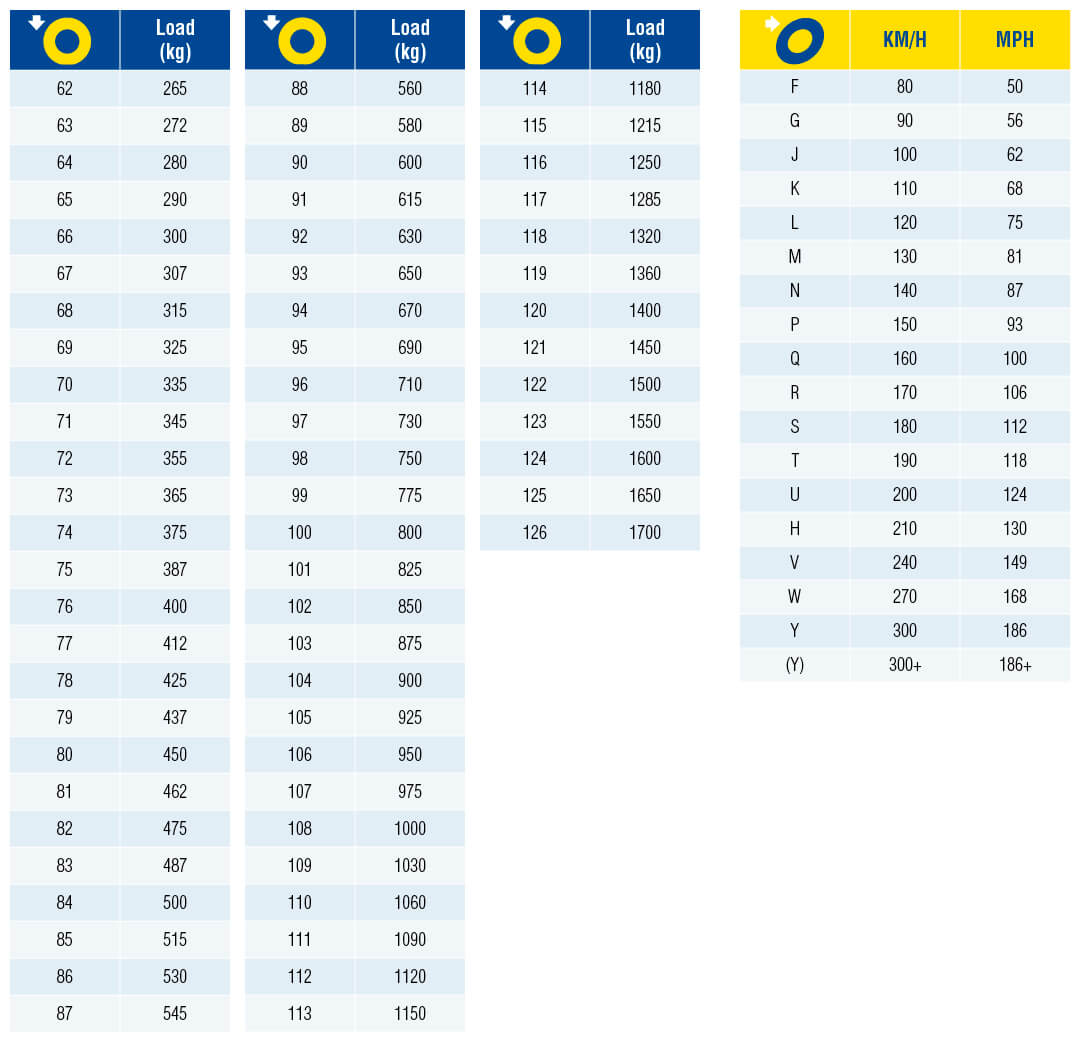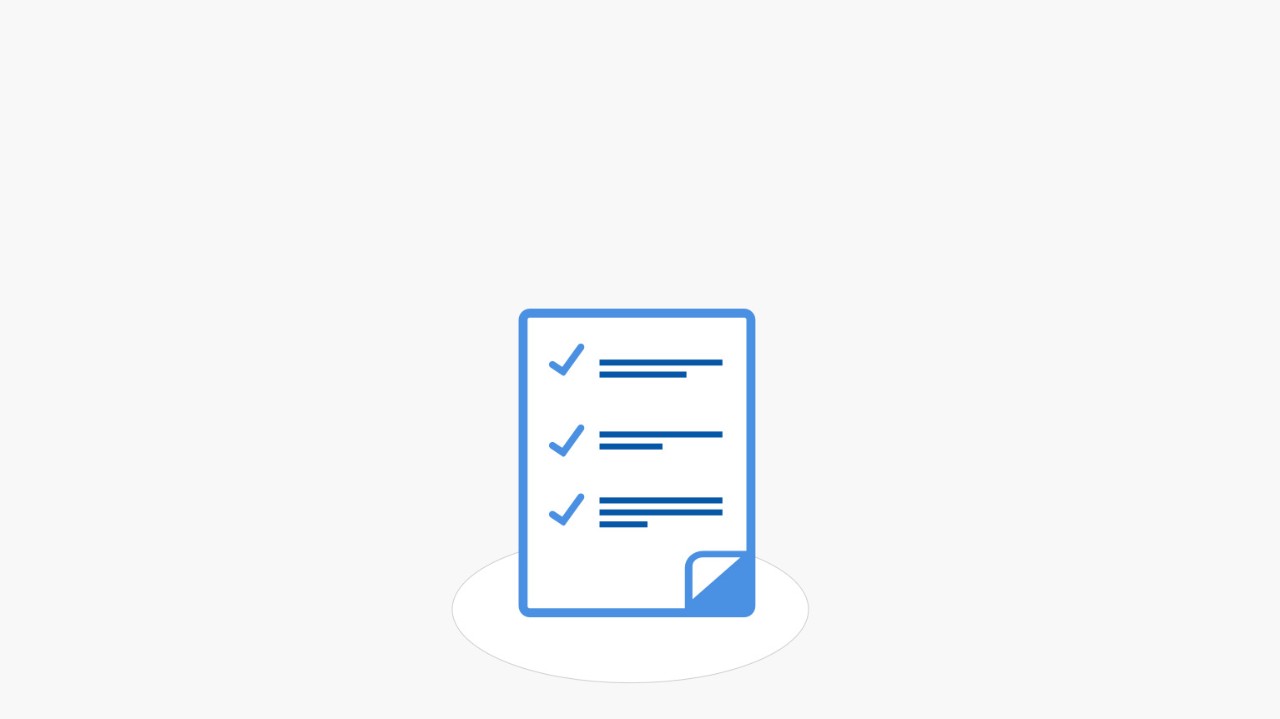It may be possible to fit tyres with higher load indexes and different speed ratings to those indicated in your vehicle’s manufacturer documentation.
However, always check first in your vehicle’s manufacturer documentation if these tyres may be fitted on your vehicle and if using these tyres is permitted under your local laws and regulations. You should also comply with all applicable requirements of your local laws and regulations and not exceed the specifications of these tyres as well as those indicated in your vehicle’s manufacturer documentation in terms of speed and load. Your dealer may help you verifying this before purchasing or fitting tyres.
Is it possible to fit tyres with a higher speed rating than my manufacturer recommends?
Yes, this may be possible. However, always check first in your vehicle’s manufacturer documentation if these tyres may be fitted on your vehicle.
Is it possible to fit tyres with a higher load index than my manufacturer recommends?
Yes, this may be possible. However, always check first in your vehicle’s manufacturer documentation if these tyres may be fitted on your vehicle.
Is it possible to fit tyres with a higher speed rating and a higher load index than my manufacturer recommends?
Yes, this may be possible. However, always check first in your vehicle’s manufacturer documentation if these tyres may be fitted on your vehicle.
Is it possible to fit tyres with a lower speed rating than my manufacturer recommends?
Yes, you can use all-season or winter (M+S) tyres that have a lower speed rating so long as: a) a sticker that shows the maximum speed limit is in the driver’s field of vision and b) you don’t drive the vehicle faster than the maximum speed limit. However, always check first in your vehicle’s manufacturer documentation if these tyres may be fitted on your vehicle.
Is it possible to fit tyres with a higher load index and a lower speed rating than my manufacturer recommends?
Yes, you can fit tyres that have a higher load index and a lower speed rating.
You can use all-season or winter (M+S) tyres that have a lower speed rating so long as: a) a sticker that shows the maximum speed limit is in the driver’s field of vision and b) you don’t drive the vehicle faster than the maximum speed limit.
However, always check first in your vehicle’s manufacturer documentation if these tyres may be fitted on your vehicle.





